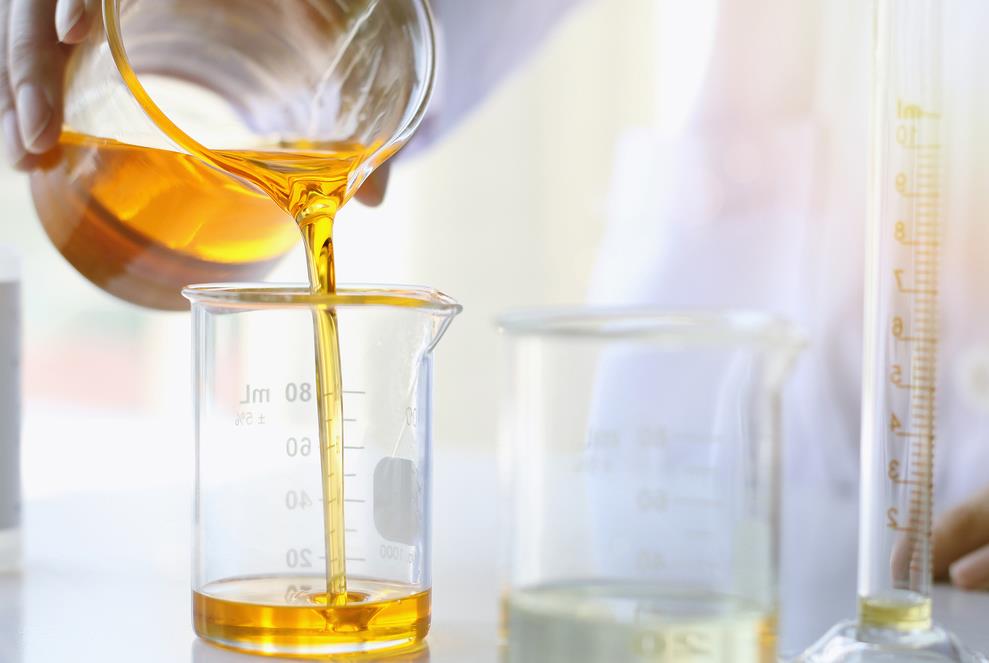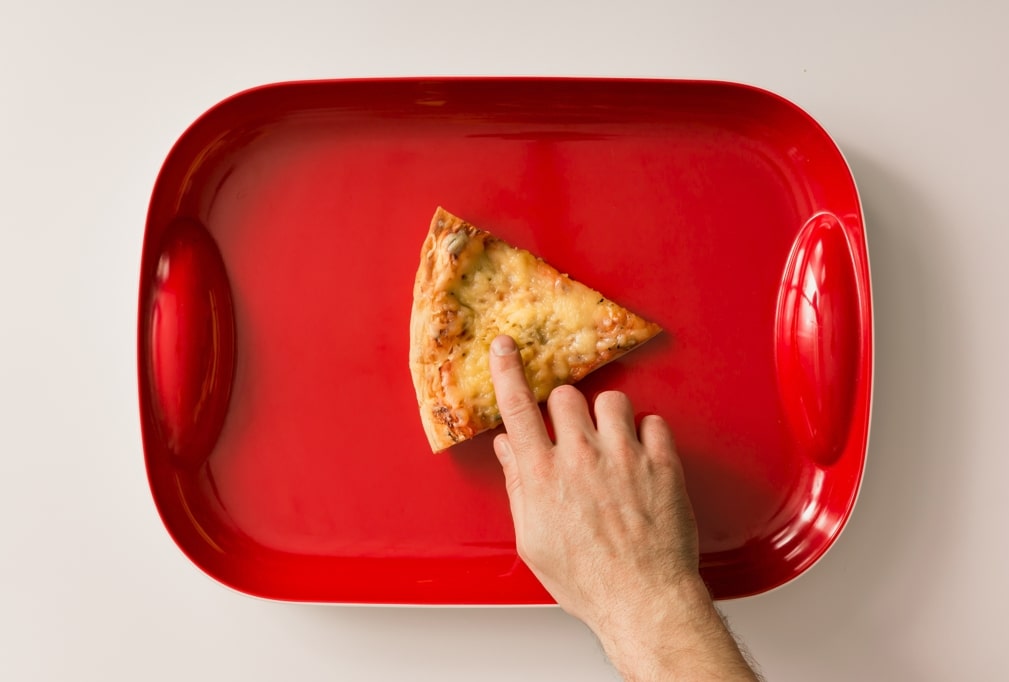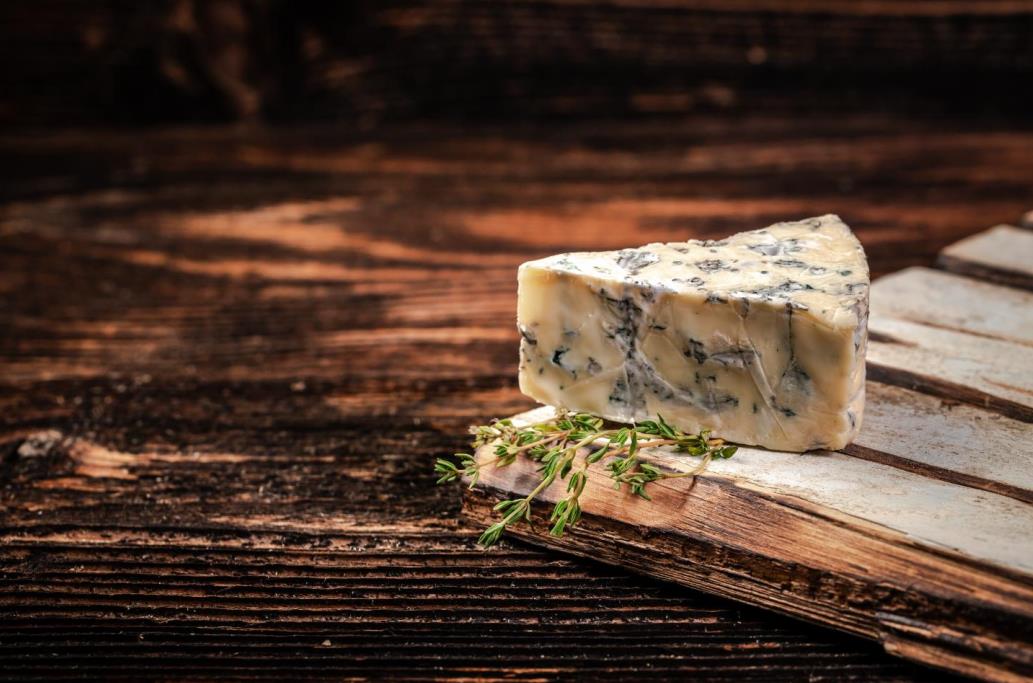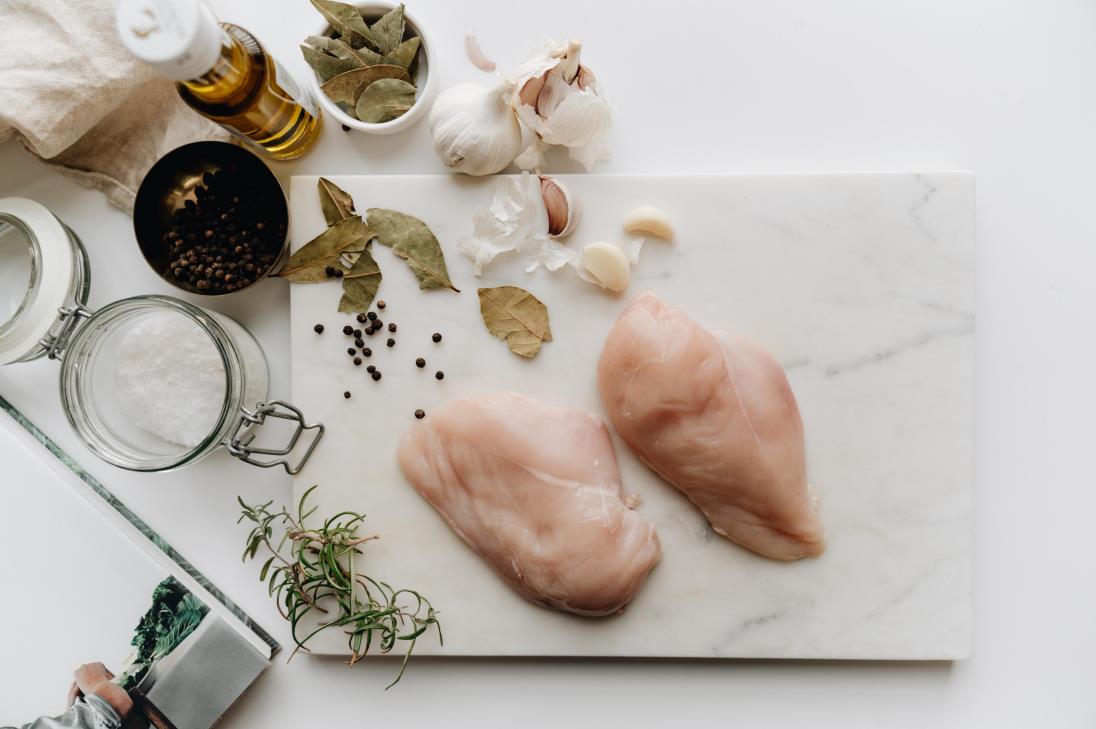At the core of any food contact surface, from plastic to marble and wood, comes the same question: Is it safe? Plastic cutting boards are the go-to choice for most people because of their affordability and availability. These boards are nonporous and won’t suck up moisture like some wood, but is that enough to consider them safe?
Plastic cutting boards aren’t the safest, as people tend to assume. Despite being nonporous, they develop deep crevices, grooves, and cracks every time a knife scratches the surface. When not cleaned properly, these grooves and crevices become perfect breeding grounds for bacteria and other harmful microbes.
This article will provide detailed coverage so we can better understand the question of safety with plastic cutting boards. We’ll also explain how to clean and sanitize the board and make a brief safety comparison with other materials like wood and bamboo.
Table of contents
Why shouldn’t you use a plastic cutting board?
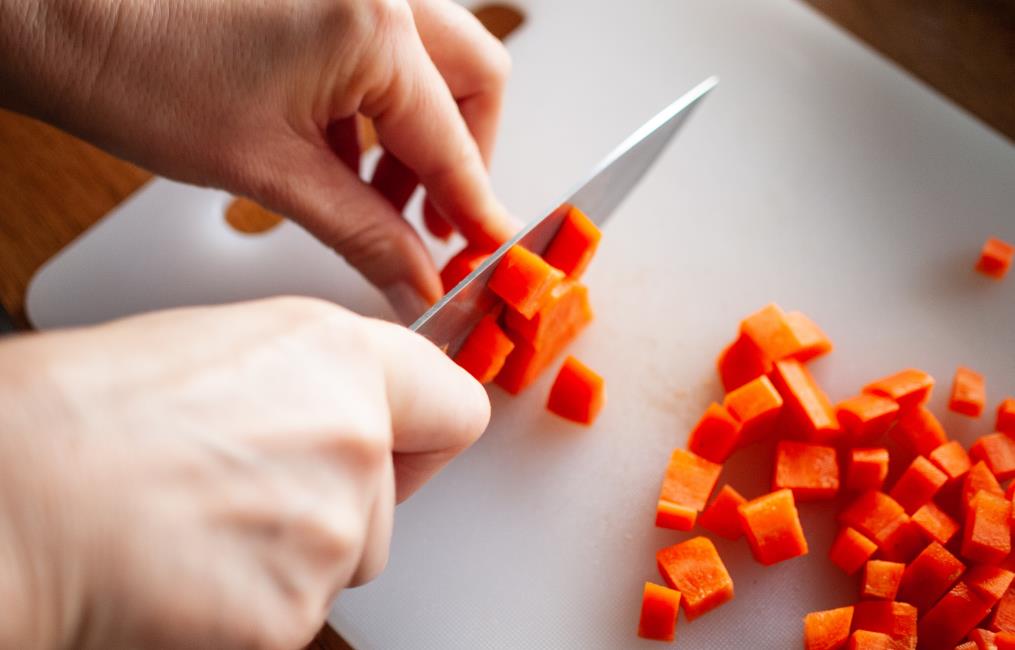
Whatever cutting board you choose, there’s always a risk of cross-contamination. You probably use the same cutting board when prepping vegetables, meat, or other raw food items. Bacteria and other harmful microbes can transfer from one food item to another, potentially making you sick.
However, the risk is minimal depending on the board’s material, and plastic cutting boards aren’t the safest option. Below are the reasons why you should avoid plastic cutting boards:
Chemical leaching
Plastic is a synthetic material made from polymers. The material contains chemicals like Bisphenols, DEHA, and phthalates, all endocrine disruptors.
When you expose the board to heat, like hot food, the polymers can break down and leach the chemicals into your food. It’s also possible that microscopic pieces of plastic can separate from the board and end up in your food.
Bacteria build-up
Plastic cutting boards are nonporous. While this is an advantage in the early days, it begins to take a toll as the board develops crevices and grooves.
And when bacteria lodges in these grooves, they become the perfect breeding ground for more bacteria. Poor cleaning and sanitizing habits can expedite the process, putting your health at risk.
Easily stains
If you cook with ingredients like turmeric, beet, and food-grade dye, they can easily stain the board, no matter how hard you try to avoid it.
Although some cutting boards have a coating that resists stains, it’s not a surefire way to prevent staining. When grooves and crevices form, staining becomes even more challenging to remove.
Slippage
Plastic cutting boards are slippery. When you place the board on another surface, it may slip or slide without warning.
Suppose you’re using a board and not paying attention to the slippage; you may end up cutting yourself. You can minimize slippage by keeping a damp rag or rubber mat underneath the board.
Handpicked for you
True cutting power in the palm of your hand
Some advantages of using plastic cutting boards
Despite all the drawbacks, plastic cutting boards offer some advantages:

Affordability
Plastic cutting boards are among the cheapest on the market. As a result, you can stock up on several boards with different color variations. Moreover, plastic cutting boards are easily available and can be found in supermarkets, retail stores, and online.
Nonporous surface
The nonporous surface means the plastic board won’t absorb moisture. Before the boards develop grooves and crevices from knife cuts, you can be sure of a hygienic board. Moreover, the nonporous surface is easy to clean and sanitize.
Dishwasher safe
Unlike wood or bamboo, you can place your plastic cutting board in the dishwasher. This convenience can be a lifesaver if you don’t have the time, energy, or knowledge to clean and sanitize the board.
However, you should note that a dishwasher won’t penetrate the crevices to clean bacteria lodges. The following section will explain the best ways to clean and sanitize your boards.
How to clean and sanitize a plastic cutting board
It doesn’t matter the type of cutting board material you have. Understanding how to clean the board is the only way to maintain its safety and longevity.

In most cases, all you’ll need is some warm water and dish soap, and the cutting board will be in its best hygienic condition. But you’ll need to do a bit more when dealing with a plastic cutting board, especially one with deep crevices.
Here’s how you can clean and sanitize your plastic cutting board.
What you’ll need:
- Baking soda
- 3% Hydrogen peroxide or vinegar
- Salt
- Soap
Follow these steps:
- The first step is to pour the vinegar or the 3% hydrogen peroxide into a spray bottle. Ensure the bottle is well sealed and the cleaning solution won’t leak.
- Wash off any debris or food particles on the cutting board. You can place the board in a sink and use warm water and a small amount of soap. Once done, let the board air dry or pat dry it using a kitchen towel.
- Once there’s no more debris or food board, spray the cutting board with the 3% hydrogen peroxide or vinegar solution. Allow the solution to settle for a few minutes (five minutes is enough)
- As the cutting board is soaking, make a paste using baking soda, salt, and water. Ensure the paste is thick enough to spread.
- Spread the paste over the cutting board using a cloth or sponge. Ensure the paste covers the entire surface of the board, including the grooves and crevices. No area should be left out.
- Let the paste settle for a few minutes, then use a scrub brush to work into the crevices. Ensure you scrub all the areas of the board to remove any lodged bacteria.
- Rinse off the paste using some warm water and allow the plastic cutting board to air dry. You can also use a kitchen towel to soak away any water on the board.
If this method doesn’t work, you can combine lemon juice and baking soda, sunshine and lemon, and white vinegar. We explained these methods in detail in our article on five proven ways to clean a plastic cutting board.
Cutting board safety comparison
When trying to find the most sanitary cutting boards, it’s necessary to compare different materials. Here’s how you can go about it;
- Plastic: This material isn’t safe to use on a cutting board, especially when it develops grooves and crevices from knife cuts. However, it’s non-porous, dishwasher safe, and easier to clean, especially when new.
- Bamboo: Bamboo is an eco-friendly material and one of the most popular choices for a cutting board. It’s non-porous and isn’t susceptible to knife cuts, grooves, or crevices. But it’s not dishwasher safe.
- Wood: Wood is the most traditional cutting board material. While wood is porous, most hardwoods are non-absorbent and are more sanitary than plastic boards. These boards have self-healing and anti-microbial properties that make them extra safe.
- Glass: Glass is non-porous material that’s easy to clean, but glass cutting boards can crack or break, causing shards that can get into food. Plus, they are not knife-friendly. Most chefs don’t recommend glass cutting boards.
Closing thoughts
The difference between a healthy and unsanitary kitchen lies in the material of your equipment and the sanitary practices you employ. While plastic cutting boards are non-absorbent and fairly easy to clean, when they develop cuts, they become breeding grounds for bacteria. Consider other materials like wood or bamboo, but always remember that any cutting board requires regular cleaning and sanitizing.
Our HDMD blog has so much information about cutting boards and kitchen knives; you can check it out if you want to learn more. And if you are looking for a high-quality handmade kitchen knife, check out our HDMD store for some of the best options.







